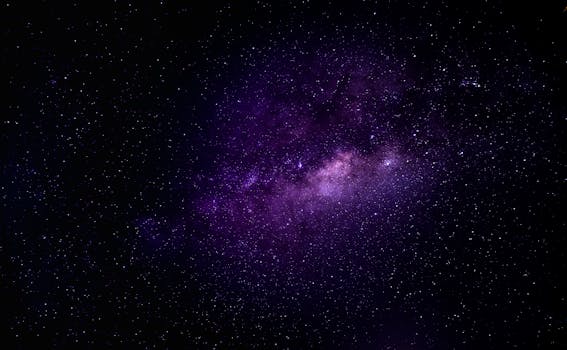
“
Beyond the Milky Way: Imagining New Worlds and Possibilities
Introduction to the Cosmos
Beyond the Milky Way: Imagining New Worlds and Possibilities is an exciting journey through the vast expanse of the universe, exploring the mysteries of the cosmos, and discovering new worlds and possibilities. The Milky Way, our home galaxy, is just one of billions of galaxies in the observable universe, and yet, it is a hub of incredible diversity and complexity. As we venture beyond the Milky Way, we enter a realm of uncharted territories, teeming with secrets and surprises.
Exploring the Universe
The universe is estimated to be around 13.8 billion years old, and it has been expanding ever since the Big Bang. As we explore the universe, we find an array of celestial objects, including stars, galaxies, black holes, and nebulas. Each of these objects has its own unique characteristics and properties, shaping the fabric of the cosmos. The universe is also home to a wide range of phenomena, such as supernovae, gamma-ray bursts, and gravitational waves, which continue to fascinate and intrigue us.
Imagining New Worlds
As we explore the universe, we begin to imagine new worlds and possibilities. We wonder about the existence of exoplanets, some of which may be capable of supporting life. We speculate about the potential for intelligent life beyond Earth and the possibility of communicating with other civilizations. The search for extraterrestrial intelligence (SETI) has been an ongoing endeavor, with scientists using a variety of methods to detect signs of life elsewhere in the universe. For a deeper dive into the imaginative aspects of our night sky, check out Galaxies of Dreams: How Imagination Transcends the Night Sky.
Exoplanets and the Search for Life
The discovery of exoplanets has been a significant area of research in recent years. Over 4,000 exoplanets have been discovered so far, and many of these planets are believed to be located in the habitable zones of their respective stars. The habitable zone is the region around a star where temperatures are suitable for liquid water to exist, a crucial ingredient for life as we know it. The search for life beyond Earth is an exciting and ongoing area of research, with scientists using a variety of methods to detect signs of life, including the search for biosignatures and the study of the atmospheres of exoplanets. For more on the possibilities of life in the universe, read From Stardust to Dreams: Imagining Life Beyond the Stars.
Possibilities and Implications
The discovery of new worlds and the possibility of life beyond Earth raise a range of questions and implications. We are forced to re-examine our place in the universe and our understanding of the cosmos. The possibility of intelligent life beyond Earth challenges our current understanding of the universe and our role within it. As we continue to explore the universe and discover new worlds, we are reminded of the infinite possibilities that exist beyond our galaxy, the Milky Way. To explore the power of imagination in this context, check out Soaring Through the Cosmos: The Power of Imagination Beyond the Stars.
Takeaways
- The universe is vast and complex, with billions of galaxies and celestial objects.
- The search for exoplanets and the possibility of life beyond Earth is an exciting and ongoing area of research.
- The discovery of new worlds and the possibility of intelligent life beyond Earth challenge our current understanding of the universe and our role within it.
- The possibilities and implications of discovering new worlds and life beyond Earth are profound and far-reaching.
See more:
https://www.nasa.gov/
https://www.esa.int/
https://www.seti.org/







